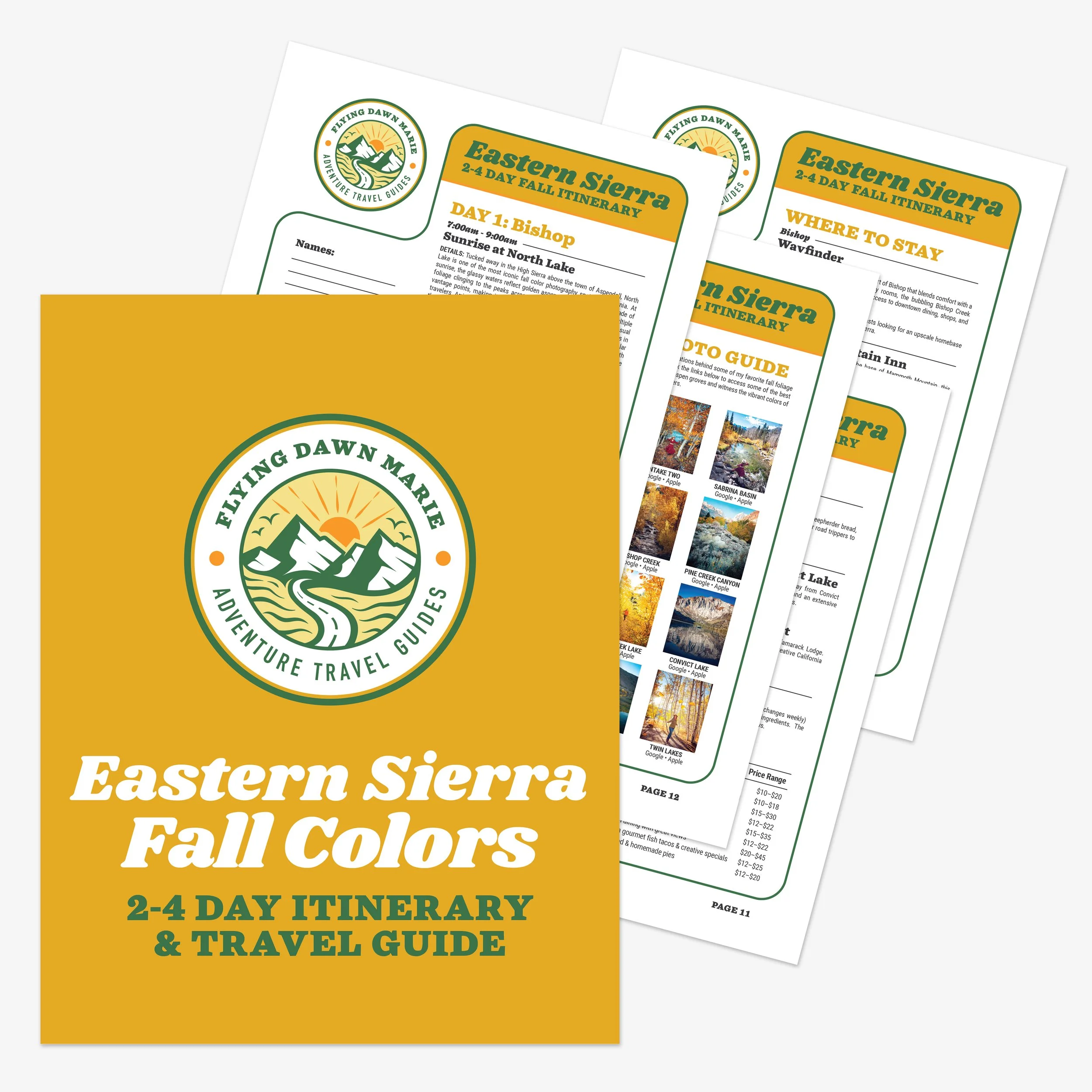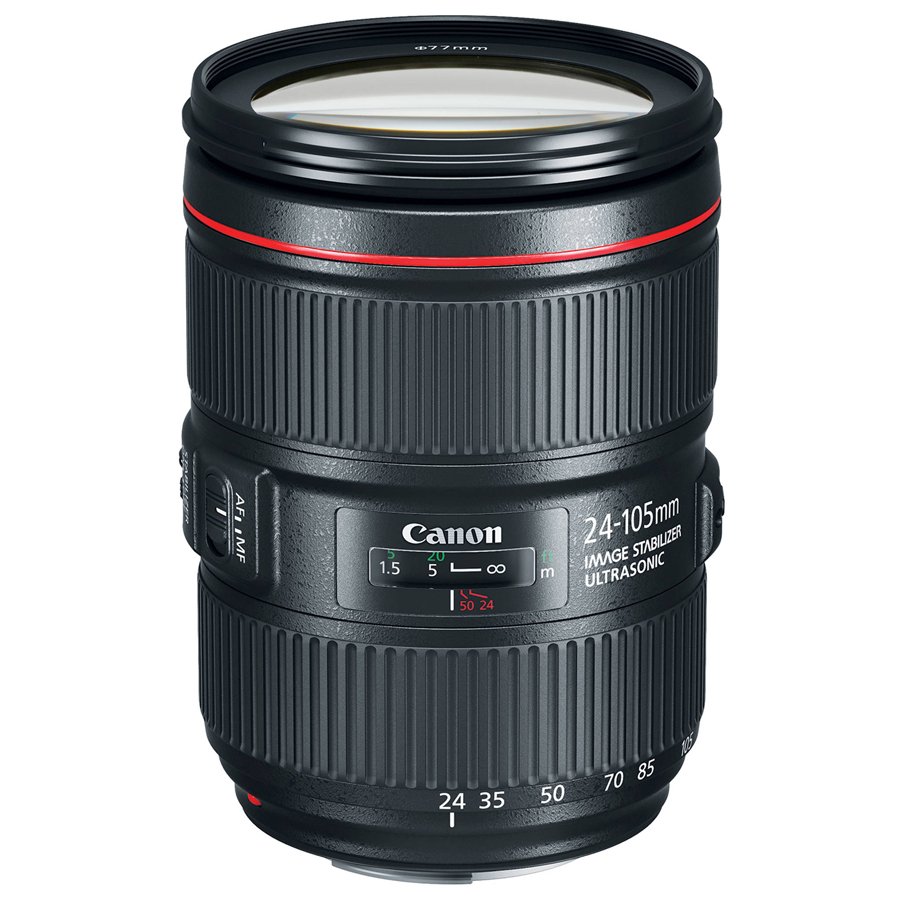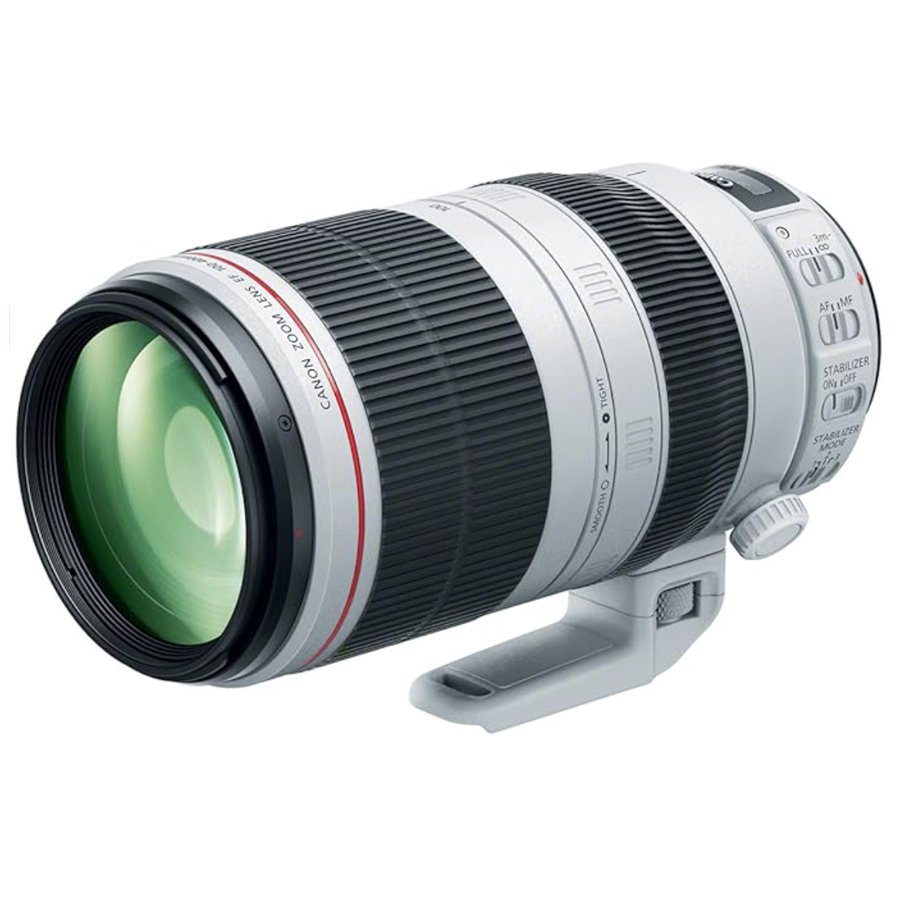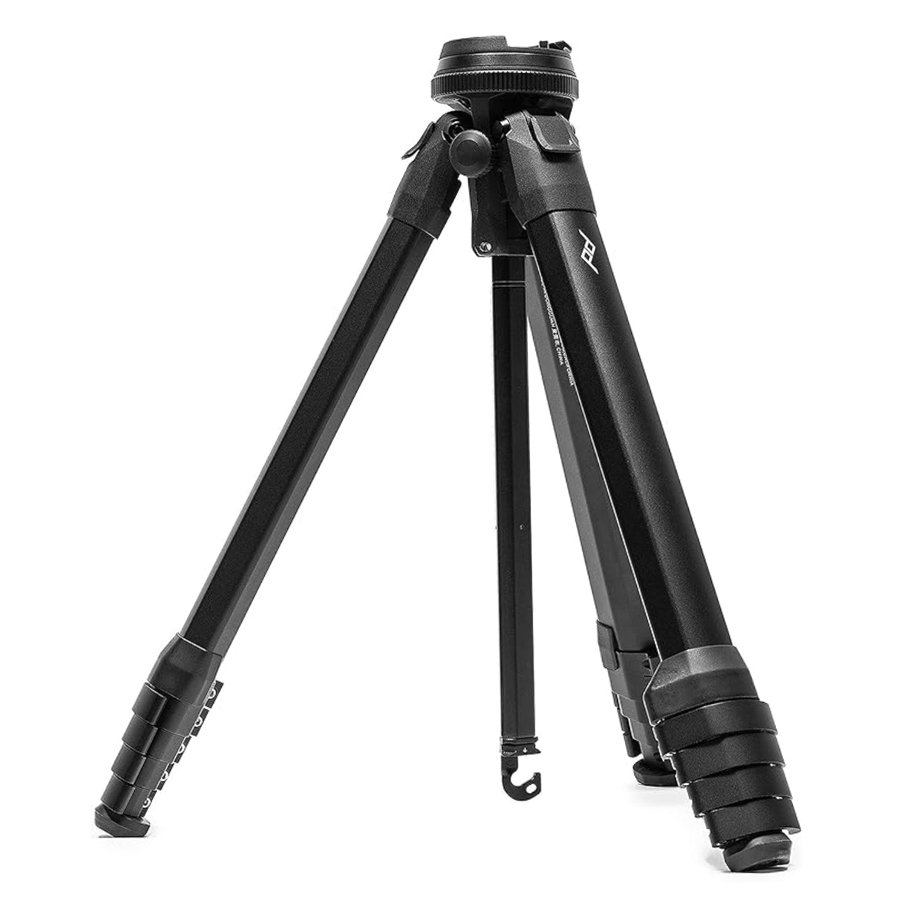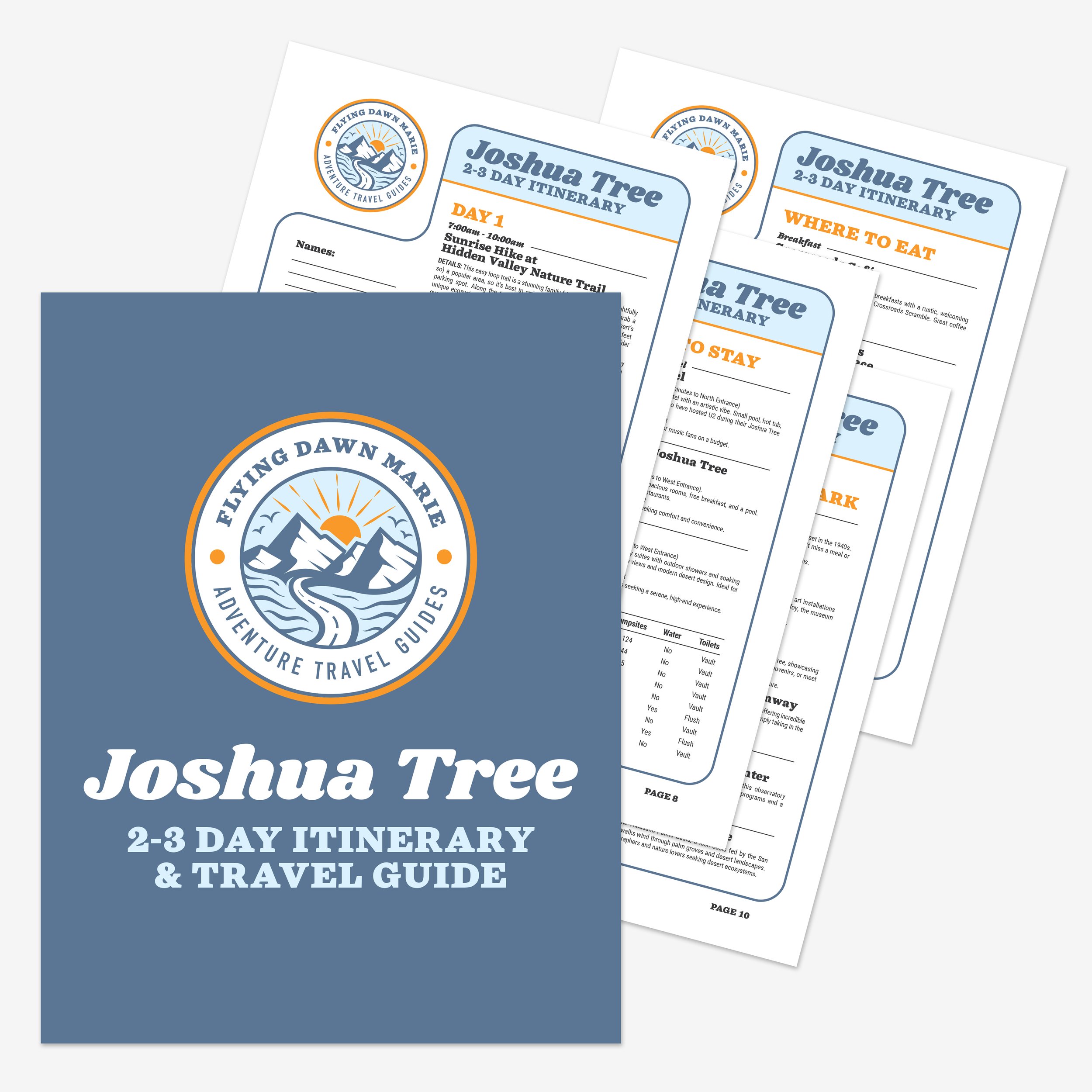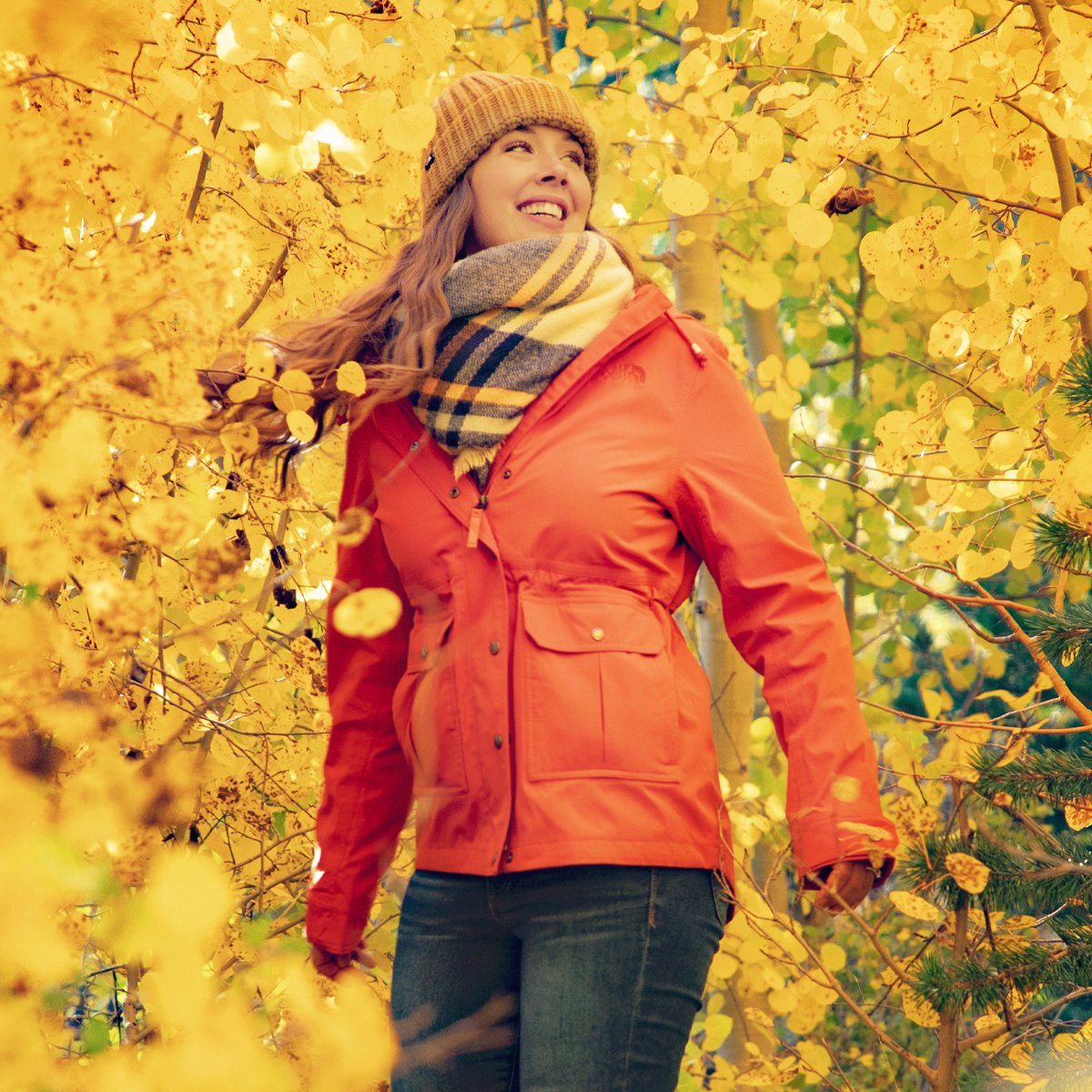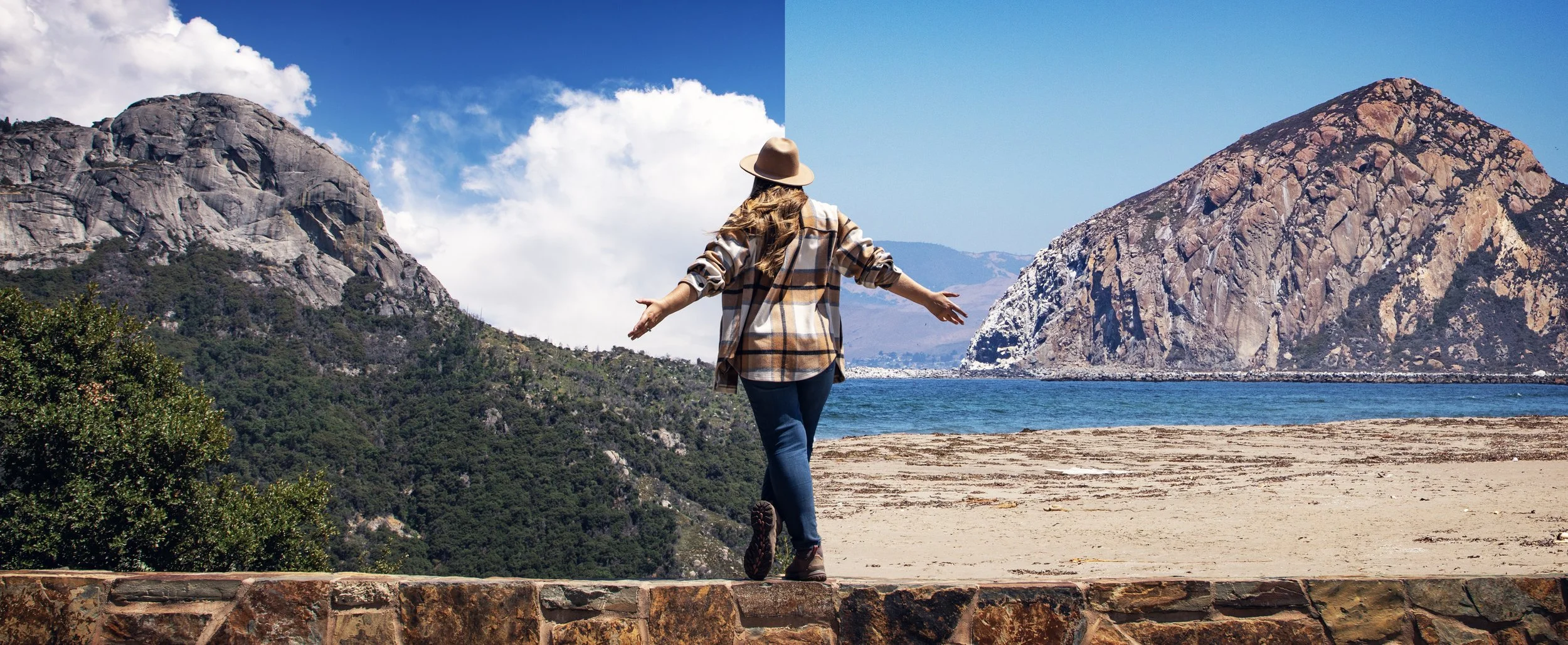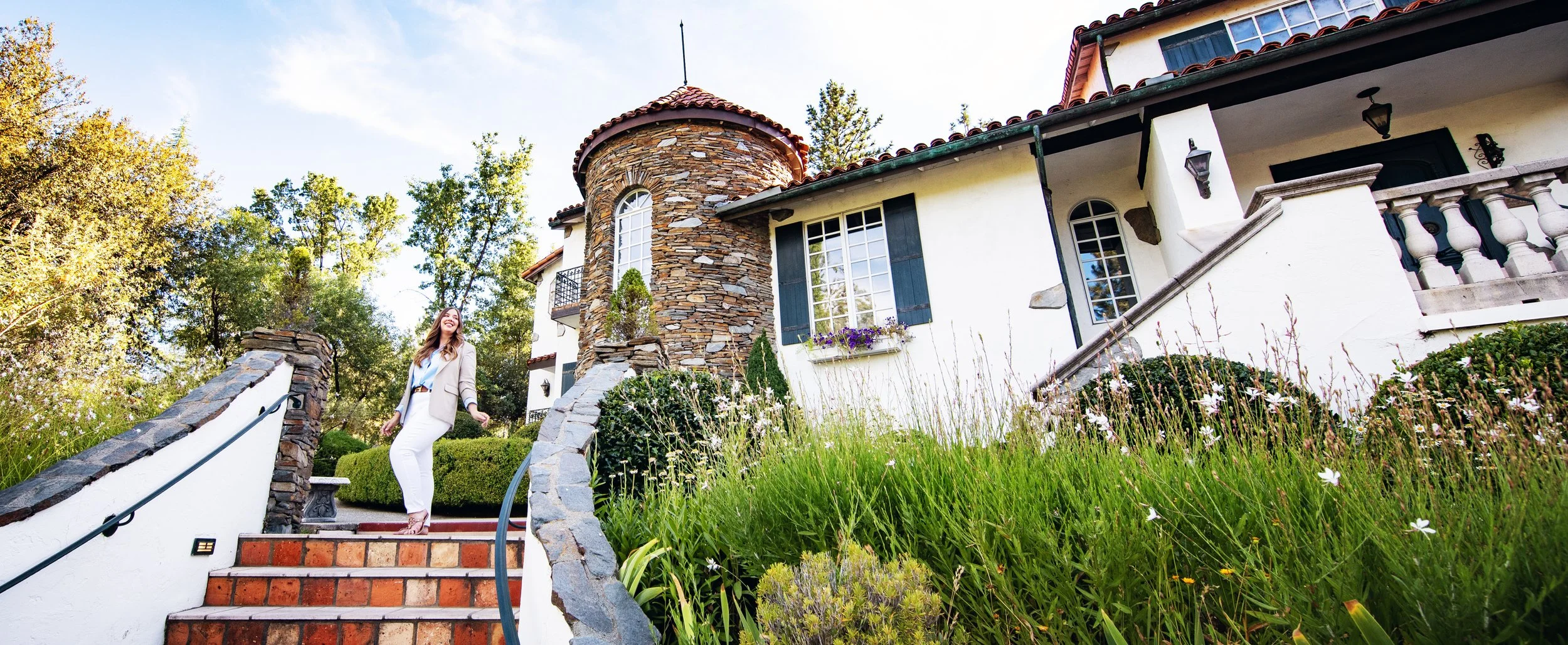Eastern Sierra Fall Foliage 101 Guide
Hi friends! There’s nothing quite like fall in California’s Eastern Sierra. When summer fades and the mountain air turns crisp, the region transforms into a golden wonderland of quaking aspens, cottonwoods, and willows. From Bishop Creek Canyon to June Lake Loop and all the way north toward Bridgeport, each canyon and valley puts on its own dazzling display of autumn color. If you’ve ever wondered how to time your trip, where to go, and how to capture it all on camera, this Eastern Sierra Fall Foliage 101 Guide breaks it down for you.
Eastern Sierra fall colors at Rock Creek Lake
Eastern Sierra Fall Colors 2-4 Day Itinerary & Travel Guide
If you’re planning a Highway 395 road trip during the fall months, make sure to download my complete Eastern Sierra Fall Colors 2-4 Day Itinerary & Travel Guide, which includes an hour-by-hour schedule, Google & Apple map pin locations, the best stargazing spots, a dining guide, recommendations on where to stay, photography tips, and more! Download it today and make your fall foliage planning easy!
Eastern Sierra fall colors at Silver Lake along June Lake Loop
California’s Eastern Sierra Nevada peaks seen near Mammoth Lakes
1. What Do We Mean by “Eastern Sierra”?
When travelers talk about the “Eastern Sierra,” they’re usually referring to the eastern side of California’s Sierra Nevada mountain range. This is a stretch of rugged peaks, alpine lakes, and high desert valleys that runs along Highway 395. This scenic corridor begins around Lone Pine and Bishop in the south and extends north through Mammoth Lakes, June Lake, and the Mono Basin, all the way to Bridgeport near the Nevada border.
Unlike the western side of the Sierra, where dense forests and rolling foothills dominate, the Eastern Sierra feels wilder and more open. Towering granite peaks rise dramatically from the Owens Valley floor, alpine lakes shimmer in the high country, and small mountain towns serve as gateways to adventure. Here you’ll find some of the best fall foliage in California, framed by snow-dusted peaks and endless big-sky views.
Peaking fall foliage at Virginia Lakes
2. Elevation Drives Timing
The Eastern Sierra’s fall foliage season doesn’t happen all at once—it unfolds like a slow-motion fireworks show across different elevations. Higher-elevation groves above 9,000 feet, such as North Lake and Lake Sabrina near Bishop, as well as Rock Creek Lake and Virginia Lakes in Mono County, typically hit peak color first. You can usually expect those golden aspens in late September to early October. Meanwhile, the lower canyons and valleys hold onto their color longer, often glowing well into late October. Planning your trip with elevation in mind means you can chase peak color for weeks instead of days.
Eastern Sierra fall colors reflecting in North Lake
3. Microclimates Matter
A big part of the Eastern Sierra’s magic is how much variety you’ll find in such a small area. Sunny slopes turn earlier than shaded creek beds. Protected groves may hold onto their leaves long after neighboring ridgelines have gone bare. Even the wind direction makes a difference—sheltered stands of aspens stay full longer, while exposed groves can lose their leaves in a single storm. These microclimates mean that just a few miles up or down the canyon can put you in an entirely different stage of fall color.
Quaking aspen trees along Middle Fork Bishop Creek
4. Aspens Lead the Show
Ask anyone what defines Eastern Sierra fall, and the answer will almost always be quaking aspens. Their brilliant golden yellows shimmer in the breeze, creating that iconic autumn glow. But aspens aren’t the only stars of the show. In lower elevations, like Round Valley and the town of Bishop, keep an eye out for cottonwoods, willows, and oaks, which bring richer orange and amber tones into the mix. Together, they paint the region with a dynamic palette that shifts week by week.
Rock Creek Lake past peak fall foliage
5. Weather is the Wildcard
The region’s unpredictable weather has the final say when it comes to fall colors. A sudden cold snap can accelerate the change—or strip trees of their leaves overnight. Strong winds can shorten the season, while mild and dry autumn weather lets the colors deepen and linger. That’s part of what makes chasing fall in the Eastern Sierra so rewarding—it’s never exactly the same from one year to the next.
Peak fall colors at Sagehen Summit in Mono County
6. Progression is Predictable (Somewhat)
While weather can mix things up, the general progression of fall foliage in the Eastern Sierra tends to be top-down. Bishop Creek Canyon usually kicks things off, followed by the June Lake Loop, then the Mono Basin, and finally Bridgeport to the north. There are certainly some exceptions, such as Sagehen Summit, which although it’s only around 8000 feet in elevation, it tends be the first to peak every year due to its unique topography. If you’re planning a road trip through the region, this sequence is a helpful guide for maximizing your chances of hitting peak color at multiple stops. Below is a general rule of thumb in terms of fall color peaking for popular Eastern Sierra spots.
Late September: Sagehen Summit, Rock Creek Lake, Virginia Lakes
Early October: North Lake, Lake Sabrina, Intake Two, South Lake
Mid-October: Pine Creek Canyon, Mammoth Lakes, June Lake Loop, Twin Lakes, Convict Lake
Late October: Bishop, Round Valley, Mono Lake, Bridgeport, West Walker River Canyon
North Lake colors in mid-September
Past peak fall colors along Middle Fork Bishop Creek
7. Embrace the Beauty in Every Stage
Fall in the Eastern Sierra isn’t just about catching “peak.” There’s beauty in every stage of the season. Early on, you’ll spot hints of lime green edging into the trees. At peak, the slopes ignite in gold, orange, and crimson. And even in the final days, when copper leaves cling to branches and white aspen trunks stand bare against the sky, the landscape has a quiet, sculptural beauty that’s every bit as photogenic.
Convict Lake fall colors at sunrise
Photography Tips for Eastern Sierra Fall Colors
If you’re planning to photograph the fall colors, a little preparation makes all the difference. Here are a few pro tips to help you capture the magic:
1. Timing is Everything
The golden hours (early morning and late afternoon) are your best friends. The light is softer, warmer, and makes the aspens glow. For lakeside shots, aim for pre-dawn when the water is still and glassy, creating perfect mirror reflections.
2. Use a Tripod
A tripod isn’t just for night photography. It allows you to lengthen shutter speed, reduce aperture, and smooth out lake surfaces, all while keeping your shots tack-sharp. Plus, it opens up creative opportunities for long exposures in low light.
Photography at North Lake during sunrise
3. Bracket Your Shots
Fall landscapes often combine bright skies with shadowed groves, creating tricky lighting. Bracket your exposures (2–4 shots at different settings) so you can blend them later in HDR, ensuring no detail gets lost.
4. Look for Backlighting
One of the most magical effects happens when the sun streams through translucent aspen leaves. Position yourself so the light shines from behind the trees—suddenly, those golden leaves glow like stained glass. Leaves with direct light can often seem flat and muted.
Aspen leaves in Bishop Creek Canyon
5. Play with Motion
Don’t be afraid to get creative. Toss a handful of leaves in front of your lens for depth and movement. Capture the ripple of wind through the trees. The season is alive, so let your photos reflect that.
6. Shoot Wide & Tight
Start with the grand panoramas—the classic sweeping views of canyons glowing gold. But don’t stop there. Move in closer to capture the textures of peeling aspen bark, individual leaves, or reflections on the water.
Fall foliage reflecting in North Lake
7. North Lake Pro Tip
If there’s one must-photograph spot in the Eastern Sierra, it’s North Lake at sunrise. Arrive at least an hour before the sun comes up to secure your spot along the eastern shore. Use reeds, rocks, or other foreground elements to add depth. Before the sun clears the ridge, take advantage of the soft pre-dawn light for long-exposure shots. Once those peaks light up in alpenglow, you’ll understand why North Lake is one of the most photographed fall color locations in California. Sunsets here can also be magical, and you likely won’t have to contend with the crowds you’ll encounter in the mornings. The winds can kick up in the afternoon, but once the sun sets behind the peaks, the waters will often return to glass for stunning reflections. For more tips on North Lake photography, check out my complete North Lake Travel & Photo Guide.
North Lake fall colors in the High Sierra
My Photography Gear
I get so many questions about what equipment we use on our adventures, so below I’ve listed out our most used photo gear 😊
If you make a purchase through these links, we may earn a small commission at no extra cost to you. This helps offset the cost of running this site so we can continue to provide you with free content.
Fall foliage reflections at Convict Lake
Know Before You Go
• Check fall color reports prior to your visit. Each year I post current conditions here on FlyingDawnMarie.com, and both MonoCounty.org and BishopVisitor.com are great resources for up-to-date information.
• Cell service is unreliable in much of the Eastern and High Sierra, so bring a reliable GPS device with pre-downloaded maps. Gaia GPS for iPhone and Android devices is a great option that I use on all my mountain road trips.
• Please remember Leave No Trace Principles on all your adventures to keep these incredible spots in nature pristine for generations to come.
• Several of the top Eastern Sierra fall spots are situated at over 9,000 feet in elevation, so it’s important to be aware of the symptoms and risks of altitude sickness. Be mindful of any dizziness, headaches, or nausea, and bring plenty of water, electrolytes and snacks. Always honor your body, monitor your own personal resistance, and hike within your own scale and comfort level here.
• Temperatures can drop quickly, especially in the evenings, so dress in layers.
• The Eastern Sierra is black bear territory. Make sure all food is properly stored and kept in approved containers. Never approach, disturb or attempt to feed wildlife.
Downloadable Itineraries & Travel Guides
Planning a trip to California and the west coast? I’ve got in-depth travel guides and itineraries for several national parks and beautiful destinations. Check out a few of them below, or click here to see them all!
Eastern Sierra fall colors along June Lake Loop
In Summary
Thanks so much for joining me this week in California’s Eastern Sierra. For a virtual visit of this Fall Foliage 101 Guide, make sure to watch my Behind the Blog video located at the top of this post, or watch it on YouTube here. Until next week, I hope you find adventure and encouragement wherever you go.
Eastern Sierra fall colors at Rock Creek Lake
If you enjoyed this post, you might also like…
About Me
I’m Dawn Marie, a travel and lifestyle blogger based out of Southern California. With in-depth articles, travel guides, and reviews on hotels & products, I seek to share my journeys to help you plan for your own. My adventures take me all over California, the western United States, and around the globe...and every Monday I post new content here, including a comprehensive blog post and YouTube video.
Search the Blog
Featured Posts
Etsy Shop


